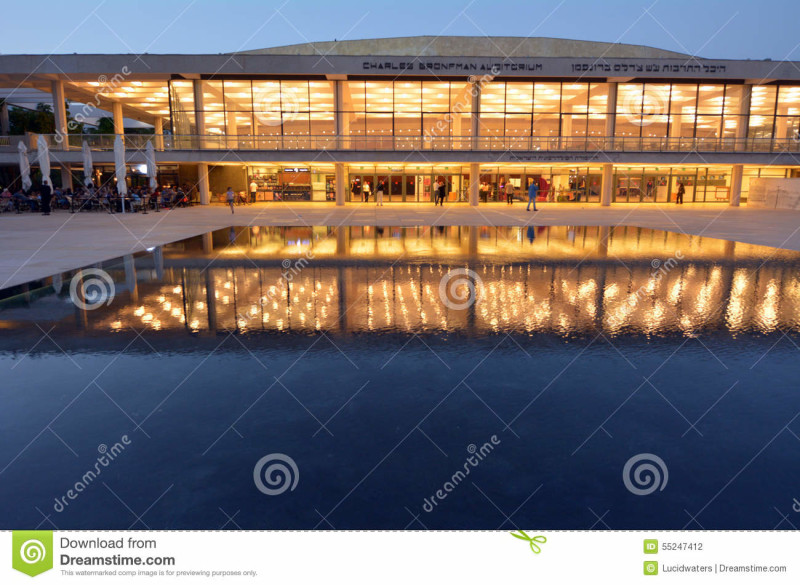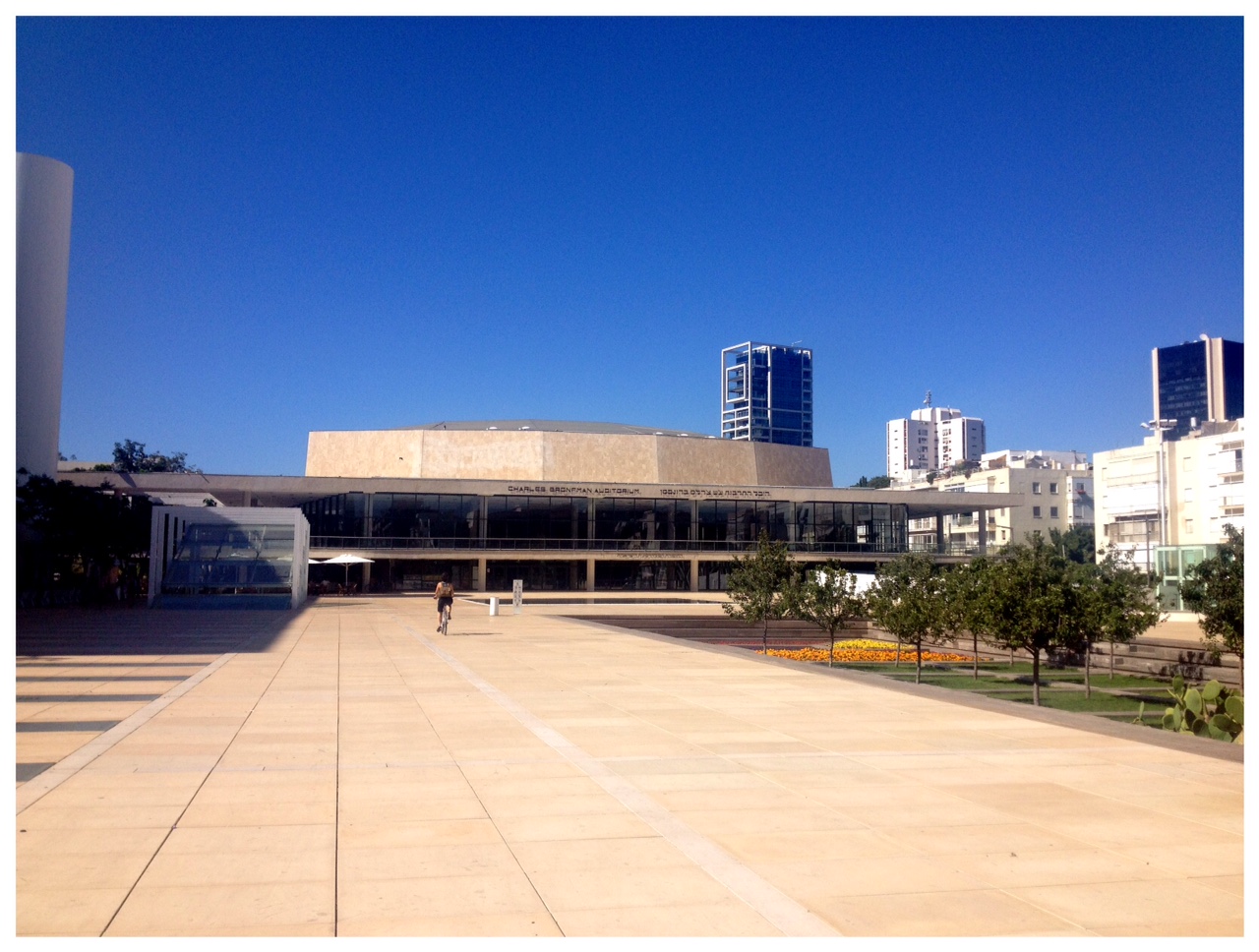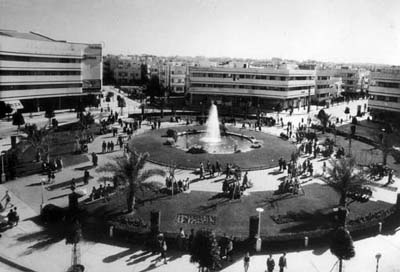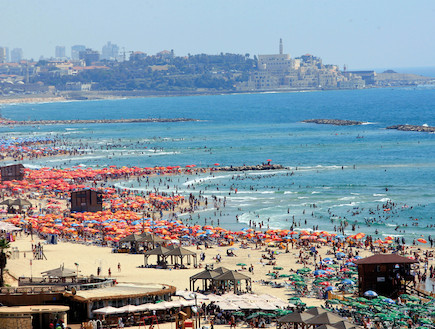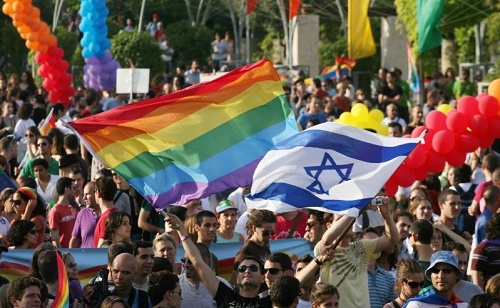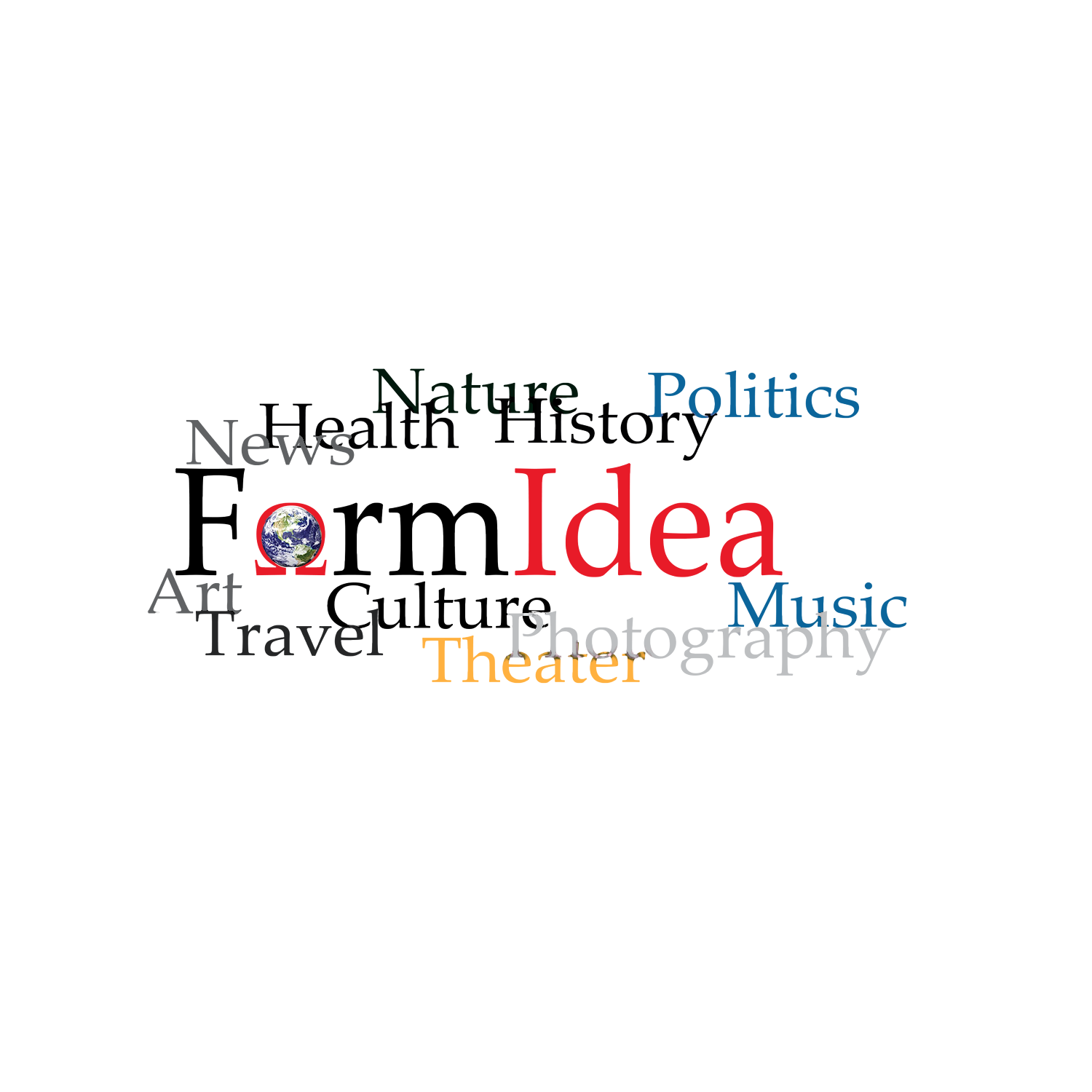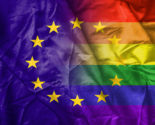Tel Aviv | a home from home
Interview with Rea Peleg
Most people who visit Tel-Aviv experience a unique sense of familiarity, as if they have arrived home. This is hard to find in big historical cities which propel masses of people along crowded checklists of must-see sites.
Unlike most typical major cities Tel-Aviv did not evolve around power centres. Tel-Aviv established itself on an empty sand dune in 1909. You will not find in its core governing institutions, aristocratic residences, academic facilities (TAU, Tel Aviv University, is quite remote) nor religious monuments.
Well...The Tel Aviv spirit! Free from cultural and political inhibitions Tel-Avivians embraced the modern bohemian agenda of post-WW1 with practically no opposition.Tel-Aviv became a laboratory of progressive ideas.Following its title of "First Hebrew City", it became the home of Hebrew speaking writers, publishers and artists. A cooperative Hebrew theatre with a heavy Russian influence built at the time is today’s National Theatre of Israel “Habima” (the stage).
In 1936 when the city's population had hardly reached 100,000 it established a philharmonic orchestra rated today among the world's finest.In the 1930s it was the fleeing German Jewish Bauhaus architects that declared Tel-Aviv the ideal location for their vision of a modern, socialist but stylish (!) city.They gave Tel Aviv its distinct architectural signature - the white Bauhaus city.
This part of town became Tel Aviv's contribution to world heritage.Strolling the Rothschild boulevard and its connecting streets is like being in an open air museum for this bright and optimistic Form Follows Function architectural revolution.
I agree with interpretations of Bat-Sheva's Deca-Dance being a stand against totalitarianism especially religious fundamentalism.I see in Bat-Sheva Tel-Aviv's vanguard spirit proclaiming its liberties against its older, conservative and massively censorious sister - Jerusalem.Finally there's Tel Aviv's vibrant Gay community.Embracing the LGTB community was only natural in a city prizing personal freedoms as its own. People say Tel Aviv is so gay it is actually straight friendly! Indeed its annual Gay Pride Parade seems to be everyone’s pride including some LGTBs who happen to pass by...
FΩRMIdea Tel Aviv, 9th November 2015. Lea en español
Born 1969 and raised in a kibbutz. B.A in psychology + IT. Working as analytical information systems development team leader. Passionate about hiking, storm chasing and global politics. Israeli living in Tel-Aviv since 2000.
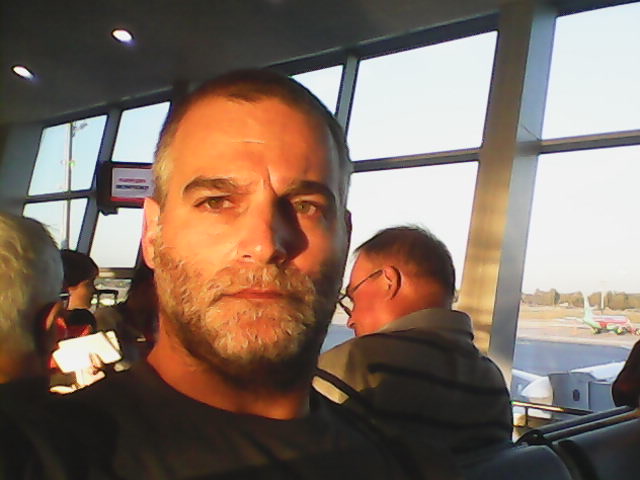

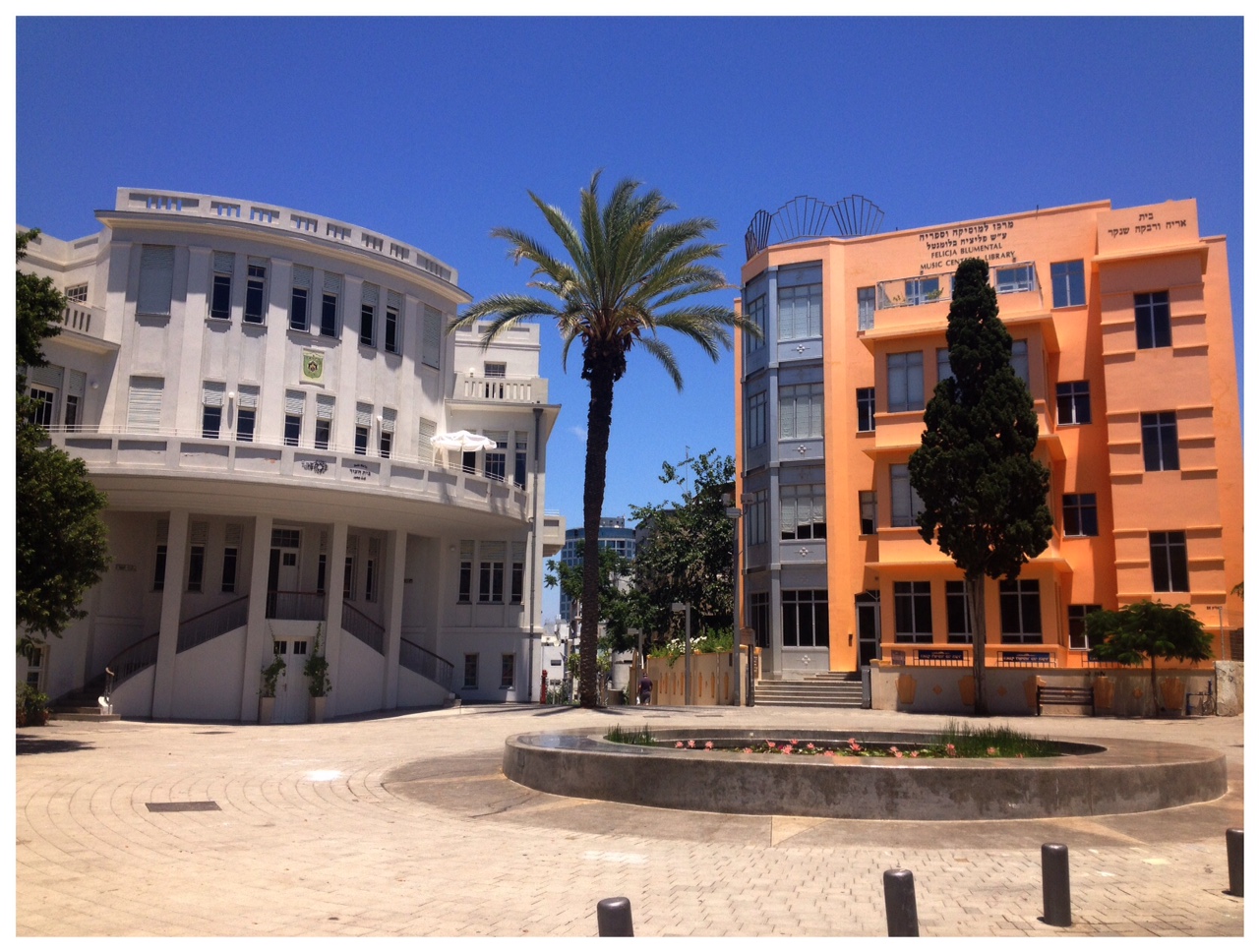 ©Pierre Scordia
©Pierre Scordia

